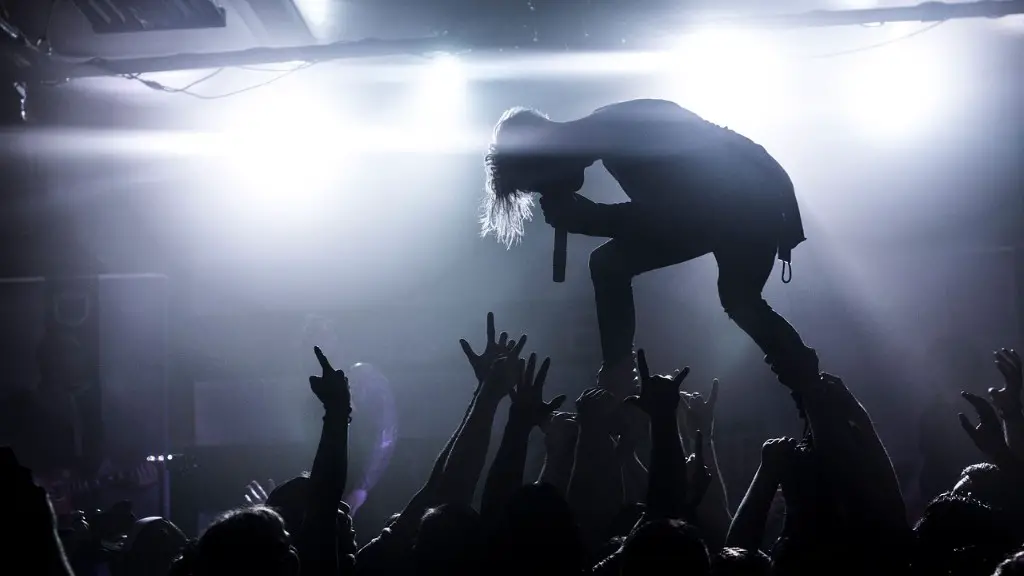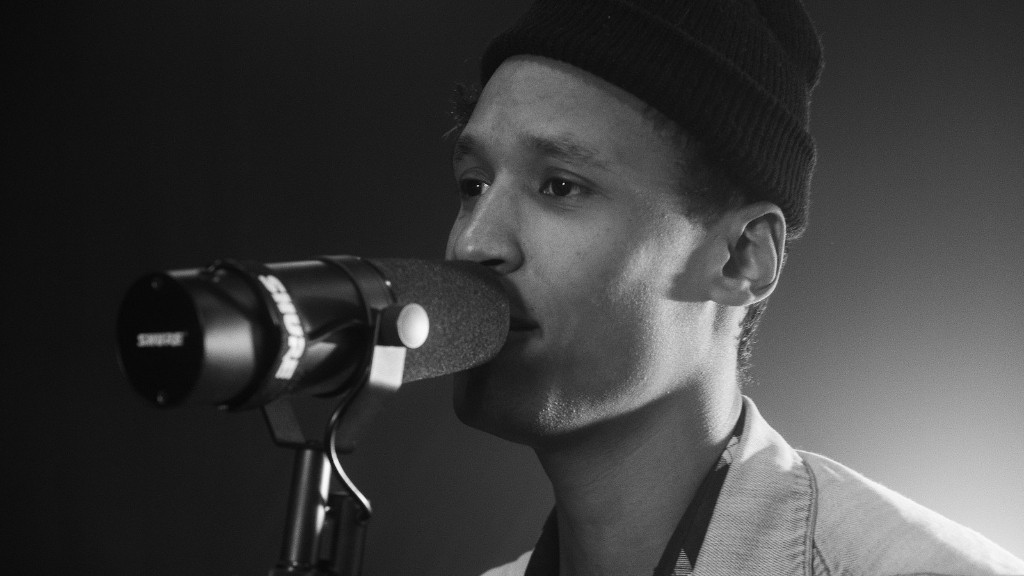How to Draw Grass Easy
Do you want to learn how to draw grass easy and make it look realistic? Drawing grass doesn’t have to be complicated or overwhelming! With these simple tips and tricks, you’ll be creating amazing and realistic looking grass in no time at all.
The key to realistic grass is to make it look alive. This can be done by using individual blades and shapes, varying your lengths and widths, and mixing in highlights and shadows to make a variety of tones. To begin, start with some basic shapes and build them into believable blades.
Draw each blade as an arched line with a point at one end. Create a group of blades with different widths and lengths, varying from tall and thick to short and wispy. This will give your grass a realistic, natural look. Be sure to space out your blades so they don’t look too “even”.
Once you have your basic shapes and lines, it’s time to add depth and realism to your drawing. Start by creating highlights and shadows with your pencil. This will give each blade a three-dimensional effect, making it look real. To add even more realism, draw in some individual grass blades that are slightly longer than your drawn blades. This will give your grass an organic, chaotic look.
Finally, start blending to give your grass a more natural and less sketchy look. Use your pencil to softly blend the lines together and add subtle shadows to the individual blades. This will unite all your blades together, making your overall grass look more realistic.
Don’t be afraid to experiment with different techniques and looks. Experiment with different shadows, textures, and lengths. Maybe even add some wildflowers here and there for a more whimsical look. With a few basic shapes and a little bit of blending, you can create realistic looking grass that will be the star of your masterpiece!
Applying Color to Your Grass
Using color to draw grass can be a great way to add energy and life to your work. Start by sketching the grass using a combination of wet and dry media. Once you’re happy with the composition, it’s time to paint. Start with a light green and using various value ranges, really bring out the form and depth of your individual grass blades. Adding a light yellow on the tips can also make them look almost three-dimensional.
If you want to add an extra layer of realism, use a light blue to add some shadows. Shadows can be added by drawing some curved lines in the areas you want to be the darkest and fading them out. This will give the sun-lit grass a more realistic look. Don’t forget to add a light brown or beige for a dry, dry grass look.
To finish it off, use a light green or blue to add a slight reflection highlight. This will give your grass a subtle twinkle, making it look more alive and vibrant. Mix in some white here and there to really bring out the brighter highlights. With a little bit of patience and plenty of practice, you’ll be able to create realistic grass with ease.
Adding Final Details to Your Grass
Once you’ve painted your grass, it’s time to add the final details. Start by adding a few small tufts of grass between the blades or some big clumps of grass to make it look more wild and natural. You can also use some white paint to add bright highlights that will really make your grass stand out.
Adding some blades that stand out can also give your grass a more realistic feel. Try using thicker paint in small spots to make the blades really stand out. To really make your grass pop, add some darker brown and black paint to the inner parts of the blades. This will give it a unique feel and make it look more vibrant.
Finally, if you want to spice up your grass even more, you can use some patterned paper or fabric to add a unique texture to your grass. This will make your grass stand out and really draw in the viewer’s eye. For an even more unique look, try dipping a toothbrush in dark green paint and “flicking” it onto your grass to add some extra dimension and texture.
Putting It All Together
Creating realistic looking grass can take some practice, but once you get the hang of it, it can be quite rewarding. Start by sketching out your grass with light pencil lines. Then, use your pencil to blend it all together and give it some depth and movement.
Next, add some color, values, and highlights to give your grass a natural and realistic look. Finish off your work by adding small tufts of grass and shadows to create even more depth and realism. With a few simple steps, you’ll be able to draw realistic looking grass with ease.


